Its summer and its hot, so why not talk about Penguins at Pittsburgh’s Point State Park. Curious what it has to do with preservation?
Dateline: June 14 2017
Headline: Lots of Penguins and tens of thousands of their admirers descend upon Point State Park National Historic Landmark—
Pittsburgh’s Point has been occupied by a wide variety of peoples and cultures over the centuries. Lots of different flora and fauna, too, and probably not the first time its hosted some Penguins – but I don’t know if I can prove that.
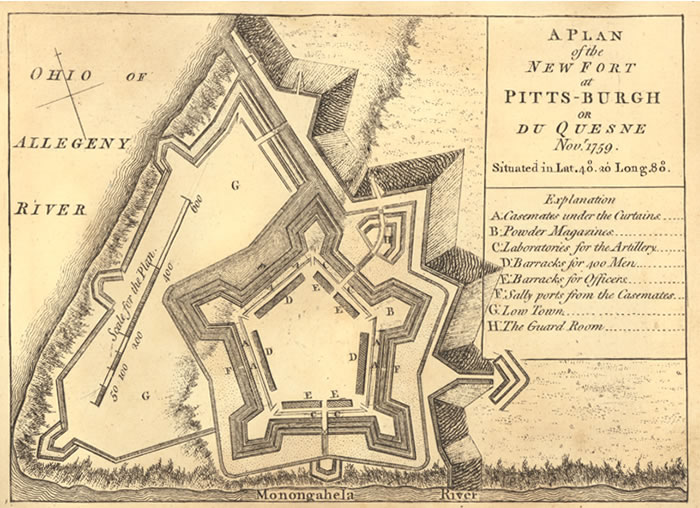
Cartographer John Rocque’s “A Plan of the New Fort at Pitts-Burgh” from 1765.
Created by the confluence of the Monongahela and Allegheny Rivers and forming the Ohio River, the Point was home to Native Americans both pre-and post-European contact. From the 17th through much of the 18th Centuries, French troops and traders occupied the area; in 1764 during the French and Indian War, British troops ran off the French and constructed Fort Pitt and the Fort Pitt Blockhouse, which remains as the oldest structure in the region. In 1770, a British officer named George Washington passed through and met with Seneca Chief Guyasuta near the Point.
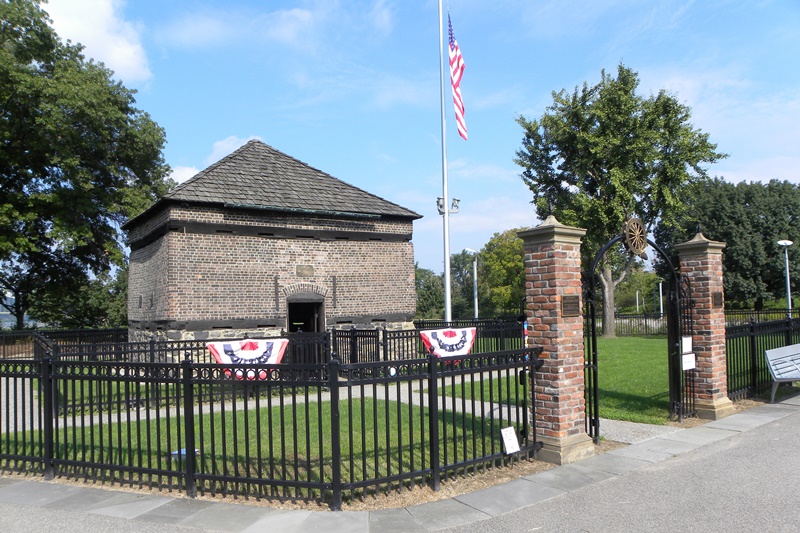
The Fort Pitt Blockhouse in Pittsburgh.
For the next 200 years, as Pittsburgh grew into an industrial titan, industry ebbed and flowed over the Point much like the frequent floodwaters that inundated the area until the 1930s when a series of navigational and flood control dams were built along the Allegheny and Monongahela Rivers. In the 1950’s and 60’s city and county leaders transformed the heavily industrialized Point into what’s known locally as Gateway Center and Point State Park.
Point State Park was designated the Forks of the Ohio National Historic Landmark in 1960 based upon the site’s role in the French and Indian War. In 2012 Gateway Center, including Point State Park and the adjacent dozen or so mid-century modern office buildings were listed in the National Register of Historic Places as the Pittsburgh Renaissance Historic District.
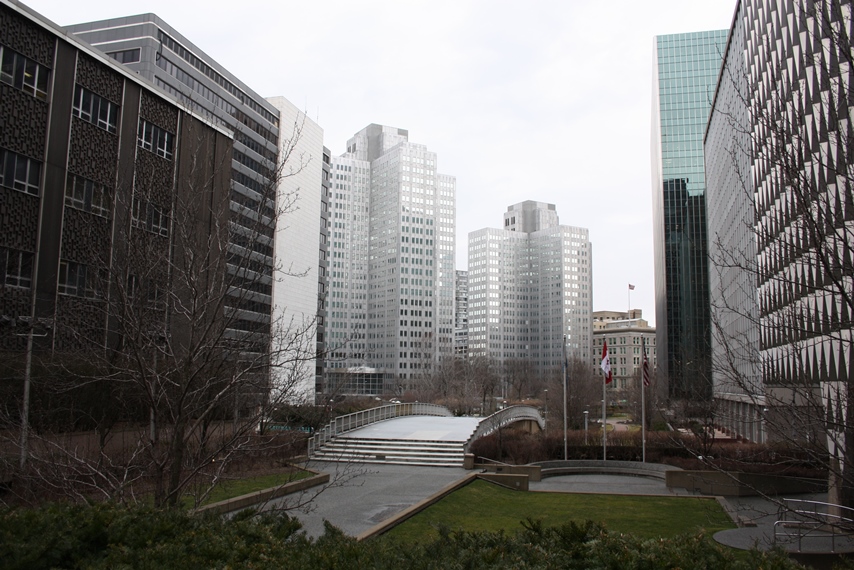
Equitable Plaza and pedestrian bridge.
Point State Park is often described as Pittsburgh’s front lawn. Operated and managed by the Department of Conservation and Natural Resources, Point State Park is home to numerous festivals, events and hundreds of daily visitors—well over a million visitors annually visit the 38-acre park.
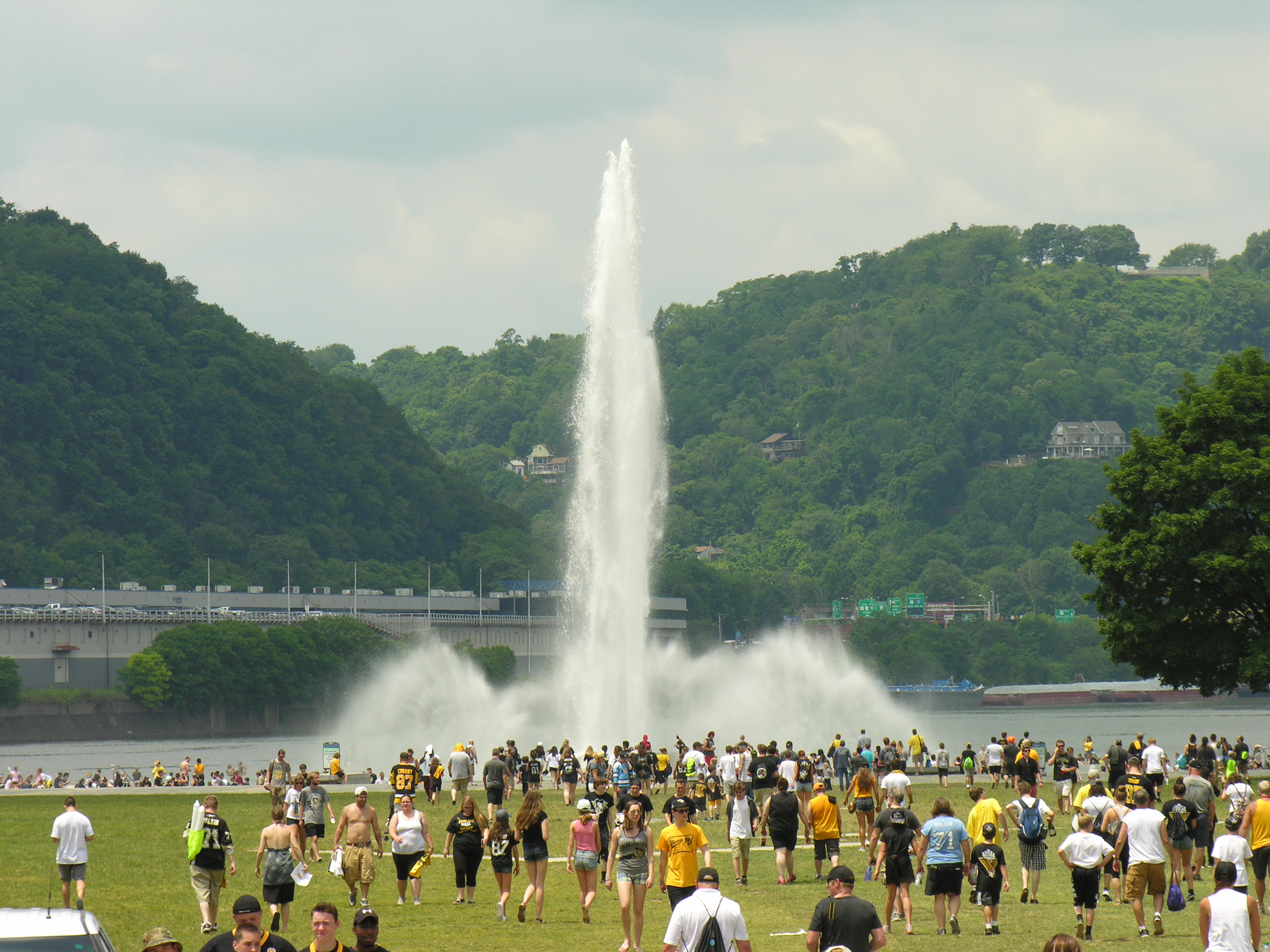
Point State Park’s fountain at the tip of the park.
In addition to natural, scenic and recreational resources Point State Park is home to significant archeology and an internationally recognized mid-century urban park design. To help Park administrators manage those significant historic resources while accommodating all those visitors, DCNR and the PA SHPO are working to develop DCNR’s first cultural resource management plan as part of an overall park management plan. When completed, the cultural resource management plan will help park managers protect and interpret one of the most significant, interesting and beloved historic resources in Pittsburgh.
Oh… about those Penguins…
Adding to the City of Pittsburgh’s reputation as a sports mecca, the Pittsburgh Penguins won their second consecutive Stanley Cup this year. To celebrate this remarkable success, the City threw a party and parade—attended by an estimated 650,000 fans–that ended at Point State Park. Local legends like Mario Lemieux, Evgeni Malkin, Marc-Andre Fleury and, of course, Sidney Crosby and the Stanley Cup itself greeted many thousands of spectators on the Park’s city-side lawn. I was lucky enough to be in town to enjoy the festivities.

Sidney Crosby holds the Pittsburgh Penguin’s Stanley Cup at Point State Park in June, 2017.
Welcomed and enjoyed by all, these types of events help illustrate and define the need for a cultural resource management plan for the Park, and staff from the PASHPO and DCNR feel privileged to be working toward that goal.
Comment Policy
PHMC welcomes and encourages topic-related comments on this blog. PHMC reserves the right to remove comments that in PHMC’s discretion do not follow participation guidelines.
Commenters and Comments shall be related to the blog post topic and respectful of others who use this site.
Commenters and Comments shall not: use language that is offensive, inflammatory or provocative (this includes, but is not limited to, using profanity, obscene, or vulgar comments); disparage other commenters or people; condone illegal activity; identify the location of known or suspected archeological sites; post personal information in comments such as addresses, phone numbers, e-mail addresses or other contact details, which may relate to you or other individuals; impersonate or falsely claim to represent a person or an organization; make any commercial endorsement or promotion of any product, service or publication.
If you would like to comment on other topics not related to this blog post but related to PHMC, please fill out the PHMC Contact Us Form.
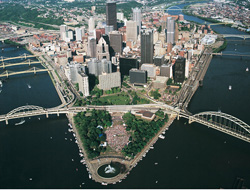
Leave a Reply